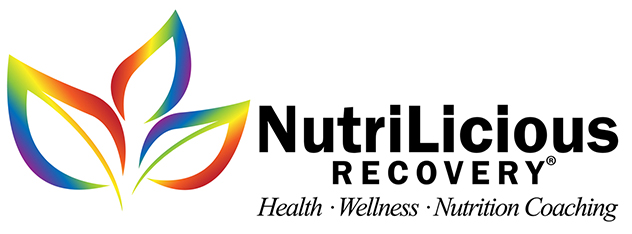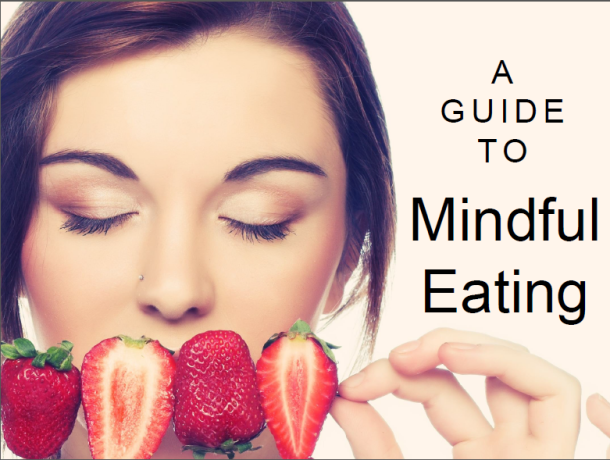
by dnshah | Mar 6, 2020 | Diet and Weight Loss, Health and Wellness Tips
At a 2020 dietary guidelines committee meeting with several take aways, one of the highlights came from Dr. Caroline Trapp, who talked about American under-consumption of a nutrient people need for their health – fiber. She said her number one concern was “number two”! Although I’ve not had the pleasure to meet her, I love her already! The truth is many people complain of constipation. The ONLY source of dietary fiber is from the plant foods. People need to eat more plant-based foods. Obviously the less processed it is, the better; but if you find you don’t have time to get your salads and smoothies and soups in… then there is psyllium husk! This is the food of the gut microbes that determine the fate of your immunity and overall digestive health. It’s really that important.
So while the top experts of nutrition meet with the cattlemen’s association and representatives of almost every diet I know to discuss what people should and shouldn’t eat – let me just close with, “Let’s make America GO again!” Eat your fiber!! I will put together a summary of the 800+ page report that this committee forwards to the USDA next time and then we’ll ponder the advice given from multiple perspectives.
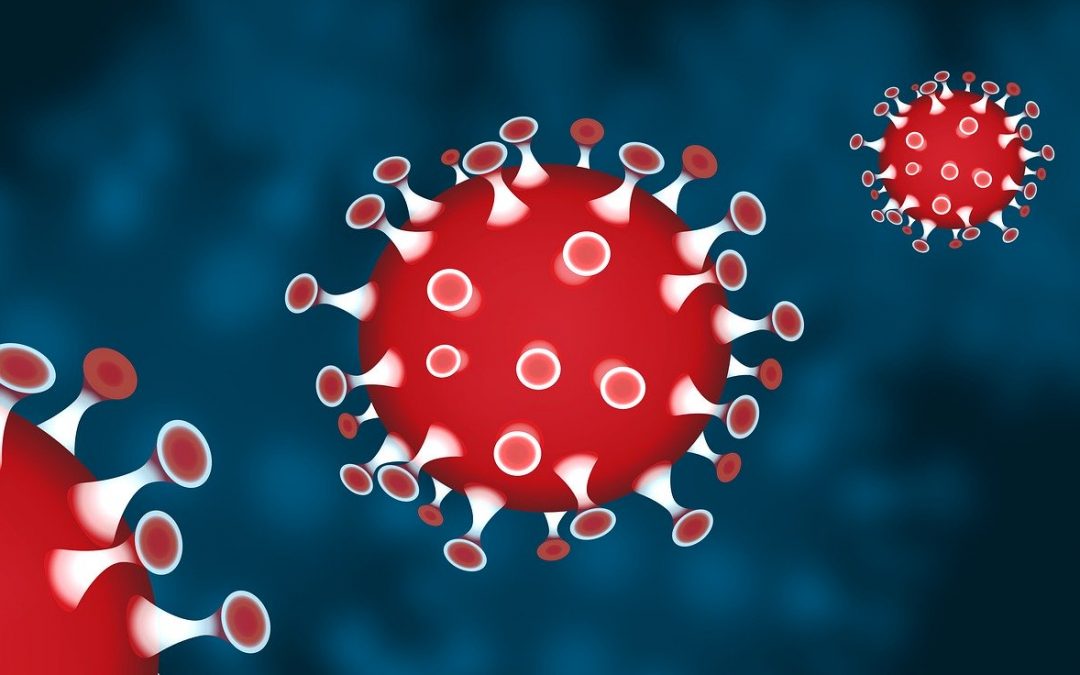
by dnshah | Mar 6, 2020 | Health and Wellness Tips
Updated 3/6/2020
The coronavirus disease 2019 (COVID-19) outbreak is being discussed everywhere, and it’s really important not to forward sensational statistics and grow fears. We must remain calm, aware, and vigilant about the facts. To prevent spread of fears and inaccurate information, here are summarized facts collected from Houston Methodist hospital.
Exposure
COVID-19 spreads from person-person via close contact (about 6 ft) and respiratory drops (cough/sneeze).
For the greater Houston area, the risk of exposure is considered low; unless you’ve travelled to a high risk country or come into contact with someone who has a confirmed case of COVID-19. Current high risk countries include: China, Iran, Italy, Japan, and South Korea. Latest information via CDC’s
COVID-19 risk assessment by country. It is safe to receive packages from at-risk countries.
Symptoms
COVID-19 is an upper respiratory illness that causes fever, cough, and shortness of breath.
It can take 2-14 days for symptoms to appear. They can range from mild to severe. The elderly and medical challenged (including pulmonary disease) may be at higher risk of developing more serious illness. Remember about flu season and high pollen counts, so there are other common causes of respiratory issues.
Prevention Actions
There is no specific treatment or vaccine for COVID-19. Steps to reduce risk of infection with the virus are:
- Stay home if you are sick
- Wash your hands with soap and water regularly (30 seconds with soap)
- Cover your cough and sneezes (into elbow)
- Avoid touching your eyes, nose and mouth
- Avoid close contact with sick individuals
- Disinfect and clean commonly touched surfaces (virus may survive up to several days on surfaces); One of the EPA recommended cleaners includes Clorox Multi-Surface Cleaner which is in spray & wipes.
- Avoid nonessential travel to at-risk countries
Actions if Sick/Suspect COVID-19
Contact your doctor immediately by telephone or telemedicine. Be prepared to answer questions about recent travel history or contact with potentially infected individuals.
If you’re experiencing severe symptoms (listed below), call ahead to inform an emergency room staff of your suspicions and go to that emergency room.
- Severe shortness of breath
- Low blood pressure
- Elevated heart rate (above 100 bpm)
- Dehydration
- Profound weakness
- High fever
COVID-19 Diagnosis & Treatment Plans
Your doctor may collect samples/swabs of saliva, nasal, & throat; and notify appropriate departments.
There aren’t antivirals or antibiotics that can help. More serious cases will be treated in a hospital. Less serious ones will be released for home recovery in isolation. To help relieve symptoms, isolate yourself at home and ask friends/family/Amazon to pick up any over the counter medications:
- OTC: Pain relievers, fever reducers, cough medications
- Rest
- Hydration
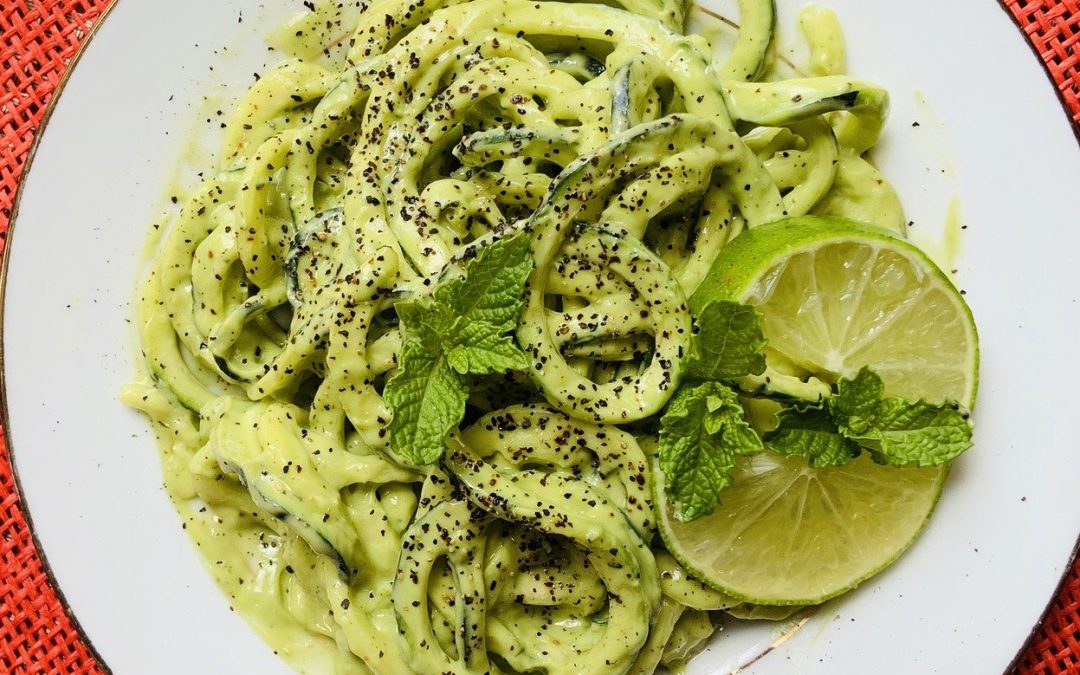
by dnshah | Dec 1, 2019 | Age Defying, Diet and Weight Loss, Health and Wellness Tips, Obesity
Carbohydrates have almost become a dirty word in today’s healthy minded dieters. But… carbohydrates are necessary to life and a key to health and wellness. So let’s let the truth about carbs come out of the closet.
First and foremost, carbohydrates exist in almost everything we eat (fruits, vegetables, grains, beans, etc.) Processed carbs are not as healthy as unprocessed ones. Some processed carbs have their fiber and nutrients stripped away. Stripped carbs (wheat, corn, rice) release sugar quickly and trigger blood sugar fluctuations. They also don’t sustain energy for the brain. On the other hand, intact carbs (fruits, vegetables, & other whole carbs) have fiber and slow digestion, creating a lasting energy source for the brain and body.
Filling the body with stripped carbs (white pasta, pastries, & breads) increases the risk of health issues like heart disease and diabetes. They are the “bad” carbs. But, there is another class of carbs that are the key to health. The intact carbs (have fiber) provide key nutrients in a slower digestible form and satisfy hunger. In fact, looking globally for the countries with the lowest diabetes, we see carbs front and center in those diets. So not all carbs are bad – but the stripped ones are.
Challenge yourself to avoid stripped carbs and embrace intact ones. In this way you can satisfy your cravings and hunger while loading up on maximum nutrition.
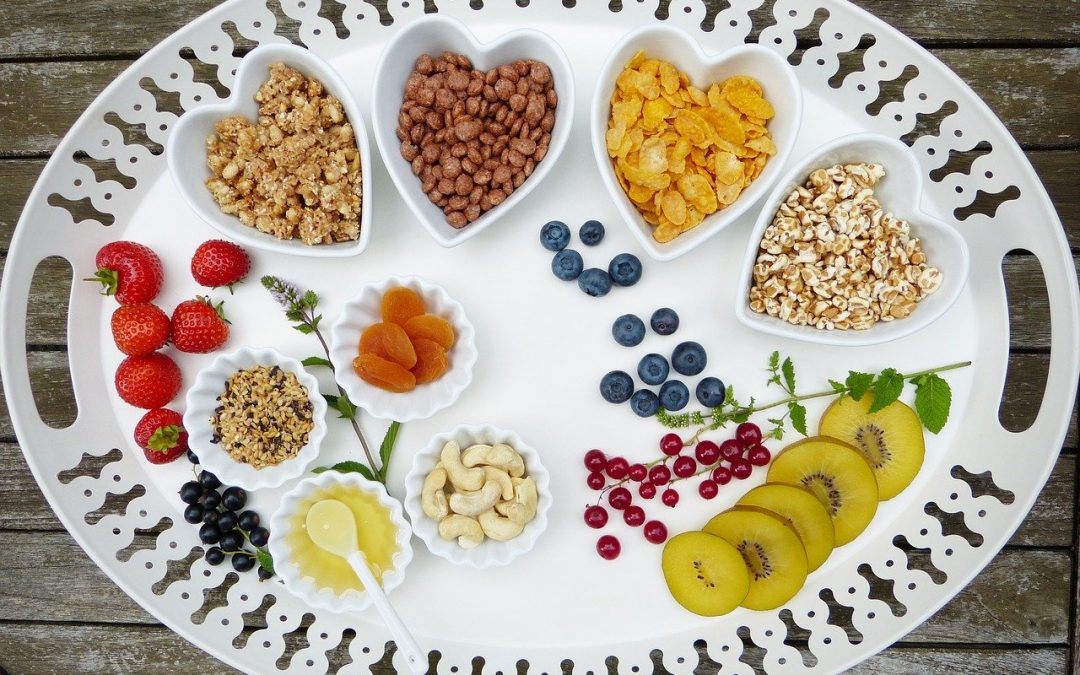
by dnshah | Dec 1, 2019 | Age Defying, Diet and Weight Loss, Health and Wellness Tips
No one changes habits overnight, instead it’s always a journey of conscious purpose. Many people want successful change, but aren’t sure how to build themselves up for success. I always start with information. What are the goals? Why? How motivated are individuals to reach those goals. Three simple questions, but they are so necessary to answer to form the foundation, motivation, and execution of change.
The other necessary awareness is what to expect during the journey. There are five phases of change. Not everyone takes time to experience all 5, but most successful people do.
- Phase 1. One change at a time. If you want to eat more plant-based for example, you can think about eating ONE plant-based meal/week at first. Many people try out “meatless Mondays” for example. During this process you will explore and learn how to make various plant-based meals. Some will be “keepers,” and repeated. After enough “keeper” meals are accumulated, you will find it easier to upgrade to ONE plant-based meal/day. In this way the goal is reached in a slow gradual process ensuring an easier journey and more success.
- Phase 2. Begin at home. If you want to eliminate dairy from your diet for example, you can begin this practice at home where you have more control over ingredients and meal planning. But when you are out, you will choose to eat what is available. By making this small commitment at home, you will begin to acclimate to non-dairy foods, experiment with alternatives, and be more successful when you want to expand the commitment to non-dairy at home and out.
- Phase 3. Peer Pressure. When you change eating habits, others around you at social events may reject that change; or they may experience an inconvenience in preparing a special meal, they may not believe there is a valid reason for you to change your eating habits. They may feel your new habits interfere with their normal eating routine or challenge their beliefs on health. They may want you to bring your own food. Regardless of this push-back, remember that you have chosen to do something good for yourself, and stay on track. Expect some questions or push-back, and be prepared to explain that you are trying to eat healthier, or the doctor has asked you to be on a special diet for good reason. When your friends and family see consistency, they will surprise you with acceptance… or they may just join you on the journey to better health!
- Phase 4. Crowding out with transition foods. Once you reach this phase, you are ready for a full commitment, and want to do it; but may need a little push. Transition foods allow that little push to keep you going. Let’s say you are eliminating all processed sugars for example. You can still use some stevia or equal or a healthy blend of sweet fruits to substitute for sugar. In this way, you can reach your goal of 24/7 no refined sugars.
- Phase 5. 24/7 commitment. Using the sugar elimination example….continuing to consume extra sweetened foods can be a great transition to reach goals; but at some point, we want to stop using crutches. By continuing to eat extra sweetened foods, you are not allowing your taste buds to re-acclimate to foods with less sugar. And when friends/family see you eating a little sweetener here and there, it becomes more difficult to stick to healthier foods when socializing with them. They can’t take it seriously because you… yourself… are not taking it 100% seriously. So goals are made to be reached, so you must strive and believe that you will reach 100% compliance, AND there is a reward to achieve once you get there. Sometimes it is a make or break achievement if you never push yourself to 100% compliance – a time for transition foods to begin to disappear. As your taste buds acclimate, the craving for transition foods also disappears.
- Phase 5. Social embracement. When your friends and family sees the consistent new habits, they will become more familiar with your eating routine. They will begin to embrace your decisions, and this is when they will look for positive effects of your new eating routine. Upon seeing those, that is when some of them will try and explore new eating routines for themselves. This step is very important as you will now be impacting positive change in others. Sometimes all people need to see is a trailblazer to show them that it can be done… and yes, they can too!
- Phase 6. Second Nature. This is the final phase when your new eating habits become second nature to you AND those around you. This is the phase when you will see and feel the rewards of your new way of life. You may see improved health, physical appearance, and outlook. You will now be viewed as a successful person because you completed a difficult journey, with expert proficiency. And the results speak for themselves. Enjoy the ride on this phase…. It is the reward you have been seeking for your entire journey.

by dnshah | Dec 1, 2019 | Age Defying, Diet and Weight Loss, Health and Wellness Tips
Soy is very controversial – some won’t touch it, and others swear by its benefits. I don’t understand how this nutritious powerhouse got its bad reputation, so let’s uncover some truths about it.
Soy is a good source of protein, B vitamins, fiber, and minerals like potassium, calcium, and magnesium. It is one of the few plant-based complete protein, and is highly versatile, and can be cooked, fermented, & cultured to create more dishes and ingredients.
Soy & GMO?
Not all soy is a GMO, most soy food manufacturers use non-GMO organic soy. Most GMO in the U.S. is fed to livestock. By law all “organic” products in the U.S. exclude GMOs. If this is a concern for you, just make sure to choose organic soy products to ensure you are buying non-GMO soy.
Soy & Breast Cancer Links?
Because soy contains phytoestrogens, there are some concerns the phytoestrogens behave exactly like estrogens and stimulate tumors in breast tissue. But a phytoestrogen is not estrogen. And current research indicates soy decreases cancer risks, and lowers cancer recurrence rates.
- The Shanghai Women’s Health Study which followed 73,223 Chinese women for more than 7 years has been the largest and most detailed study of soy and breast cancer risk in a population with high soy consumption. In this study, women who ate the most soy had a 59% lower risk of premenopausal breast cancer compared with those who ate the lowest amounts of soy.
- Low soy consumption (vs high) helps too. Another research study suggests that women who have one serving of soymilk or tofu daily are 30 percent less likely to develop breast cancer.
- In another studywomen who ate more soy had 29 percent lower mortality rates and 36 percent lower recurrence rates.
- Further researchshows that the increased survival rate and decreased risk of cancer recurrence may be due to soy phytoestrogens’ effect on BRCA and other breast cancer genes (turning those tumor suppressor genes back “on”.)
Soy & Prostate Cancer Links?
Does soy decrease testosterone in men and eventually lead to prostate cancer? A meta-analysis shows that soy does not affect testosterone levels in men. In fact an analysis of 14 studies shows that an increased intake of soy actually reduced the risk of prostate cancer by 25%-30% depending on which soy products were consumed.
Recommended Forms & Quantities
Recommended forms are the ones less processed and fermented. Various forms of whole soy products include edamame and roasted soy-nuts. Minimally processed forms includes tofu and soymilk. Fermented products include tempeh, natto, and miso. Highly processed products include soy protein concentrates or isolates, soy cheese, and meat substitutes.
Like any food, I always advise moderation. For those that have thyroid or sensitivity issues, I advise a 4oz limitation daily. That’s enough to splash your tea or coffee once/day or have a few bites of tofu or soy nuts. For all others, the standard recommendation is 3 servings/day of whole or minimally processed organic soy.
A special note to menopausal women, the 4oz limit /day does seem to keep the menopausal symptoms at bay.
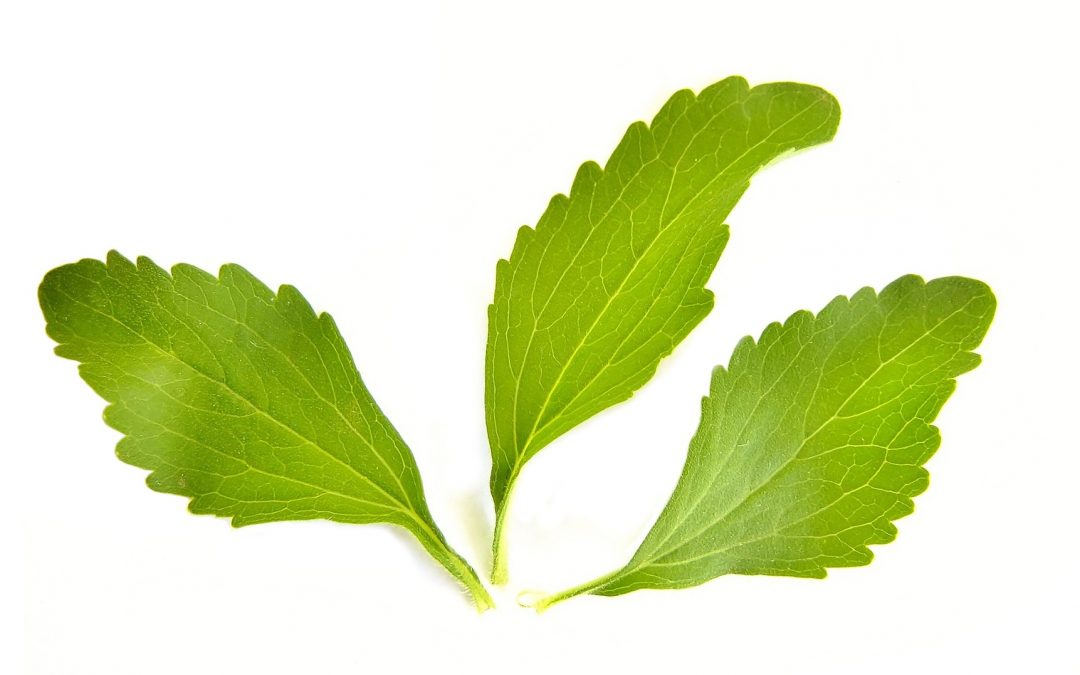
by dnshah | Sep 13, 2019 | Diet and Weight Loss, Health and Wellness Tips
You may find stevia in your local Farmers’ Markets as green plants. The leaves of these plants are sweeter than sugar. While the leaves may be eaten, the FDA doesn’t yet consider them GRAS (generally recognized as safe). However, stevia extract from this plant is GRAS… within a certain threshold. The extract has 0 calories, but lends a taste sweeter than real sugar. Knowing that the non-sugar sweetener industry is worth over $13 billion, it’s no wonder that stevia is a serious competitor against other sweeteners known to have unhealthy side effects; and unlike other non-nutritive sweeteners, stevia does NOT increase insulin levels (like sucrose or aspartame).
On the flip side stevia can present healthy benefits, such as
After seeing all the potential benefits, one might want to start consuming it all the time, but I always caution my clients that it is an additive. And the WHO believes that we need to keep additives below a threshold not to exceed 4mg/kg of body weight (equals 1.8mg/lb of body weight). So if you multiply your body weight (lb.) x 1.8, you will get the number of mg of stevia to stay UNDER. So perhaps if you stay under 2 stevia sweetened drinks/day – you may be okay; but you can’t start putting it into everything to satisfy the American sweet tooth. That said, it is a great strategic tool to transition the palette to needing less sweet taste. Using stevia as a step-down tool in resetting the palette is a great use of this natural sweetener.
The risk of consuming stevia include:
- Maintaining a sweet tooth and increasing the risks of overeating, obesity, and metabolic syndrome, a precursor to diabetes.
- Becoming prey to marketing of Stevia under brands (such as Truvia) but are just a mixture of highly processed sweeteners; so label reading is important when seeking out pure Stevia products.
- Going over the WHO threshold for GRAS – and then becoming susceptible to other illness
- As with all new products and processing, there is active research of negative health effects yet to be proven. With the case of stevia, there may be the possibility of stevia’s natural component chemicals increasing the likelihood of genetic mutations or cancer.
One should always speak to their medical practitioner before ingesting large amounts of anything new, like Stevia.

